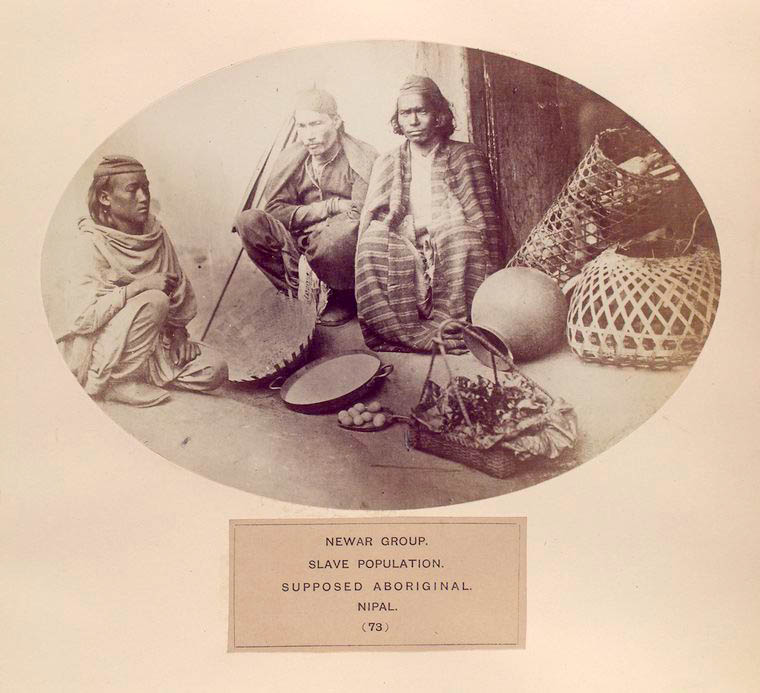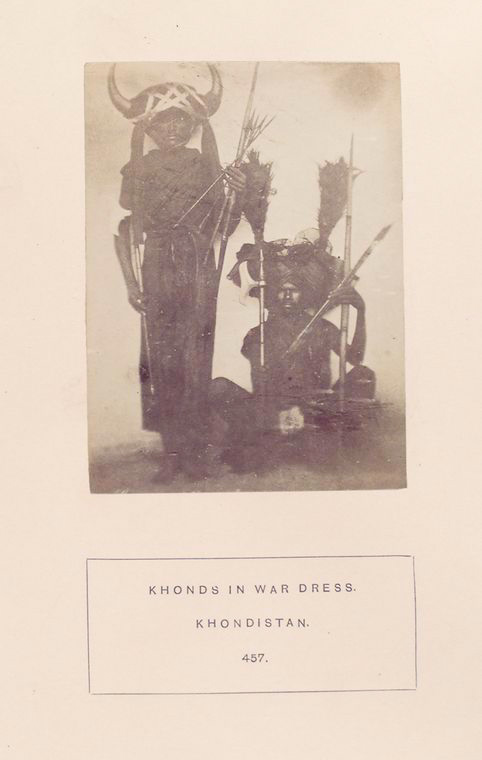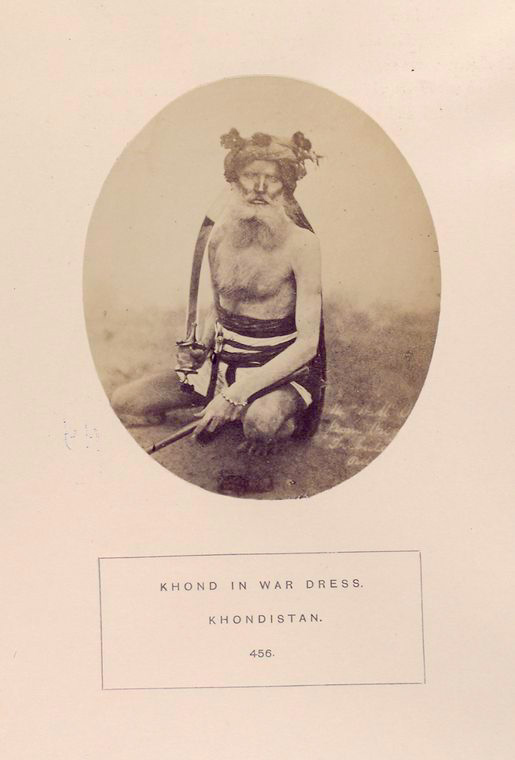Omens and superstitions of southern india
Edgar Thurston
New York
1912
MALAYAN EXORCIST
FOWL
IN IS MOUNTH


Selected from
ETHNOFLORENCE
HIMALAYAN AND INDIAN
LIBRARY
1990 2012
***
**
*

Omens and superstitions of southern india
Edgar Thurston
New York
1912
MALAYAN EXORCIST
FOWL
IN IS MOUNTH


Selected from
ETHNOFLORENCE
HIMALAYAN AND INDIAN
LIBRARY
1990 2012
***
**
*
Whitehead, Henry
Calcutta :
Association Press ; London ; Toronto : H. Milford
(1921)

CLAY HORSES OF AIYANAR

GRAMA DEVATA SHRINE

INTERIOR OF A SHRINE WITH SRONES PROBABLY SIMBOL OF THE SEVEN SISTERS

KARAGAM


RUDE SHRINE AT ROOT
OF TREE
WITH BARE AS SYMBOL

RUDE SHRINE

MINACHI AND THE SEVEN SISTER, CUDDALORE










SHRINE OF POLERAMMA

SHRINE AND IMAGES OF BISAL MARI




http://archive.org/details/thevillagegodsof00whituoft
§§§

Last Updating 11.30.2020
ETHNOFLORENCE
INDIAN AND HIMALAYAN
FOLK AND TRIBAL ARTS
***
SELECTED BIBLIOGRAPHY
PEOPLE OF INDIA
THE SANTAL
*
Sketches from Santalistan
Minneapolis, Minn. : Den Lutherske Missionaer
Pederson
(1913)






















http://archive.org/details/sketchesfromsant00pede
***
**
*
Related key words
animal asked baptized become Christians Bhima Boerresen Bongas Brahmin bring brought bungalow calf called carried Christ Christian workers cobra coolies door Dulu Dulu’s Dumni eastern world everything field friends gathered head headman heard heart heathen Hindus husband India Jan Guru jungle Karan killed leave leopard live look Lutu magistrate mahut Marang medicine mission missionary Mohammedans morning mosquito mother native neighbors night once Padre Pandu pariah dogs passed perhaps poison pray prayers preach preachers Puchu quinine rains rainy season rice sacred bull Saheb Salku Santal boy Santalistan servants shouting sick Sirdar Sitol Skrefsrud sleep snake Sohor soon soul stick syce talk tell things thought tion tobacco told Tower of Silence trouble village white ants wife witch witchcraft woman women young Brani popolari
***
**
*

LAST UPDATING 12.23.2020
Character, customs, religion, infanticide, polyandry, language with outlines of the Tuda grammar (1873)
********
“Among the Todas of Southern India the holy milkman, who acts as priest of the sacred dairy, is subject to a variety of irksome and burdensome restrictions during the whole time of his incumbency, which may last many years. Thus he must live at the sacred dairy and may never visit his home or any ordinary village. He must be celibate; if he is married he must leave his wife. On no account may any ordinary person touch the holy milkman or the holy dairy; such a touch would so defile his holiness that he would forfeit his office. It is only on two days a week, namely Mondays and Thursdays, that a mere layman may even approach the milkman; on other days if he has any business with him, he must stand at a distance (some say a quarter of a mile) and shout his message across the intervening space. Further, the holy milkman never cuts his hair or pares his nails so long as he holds office; he never crosses a river by a bridge, but wades through a ford and only certain fords; if a death occurs in his clan, he may not attend any of the funeral ceremonies, unless he first resigns his office and descends from the exalted rank of milkman to that of a mere common mortal. Indeed it appears that in old days he had to resign the seals, or rather the pails, of office whenever any member of his clan departed this life. However, these heavy restraints are laid in their entirety only on milkmen of the very highest class” The Golden Bough: A Study in Magic and Religion
Frazer’s 1922
Photo credit
http://archive.org/details/travelsamongstto00marsuoft







ahttp://archive.org/details/travelsamongstto00marsuoft
**
Others interesting books devoted to the Toda People
THE TODAS – W.H.R. RIVERS – LONDON 1906
&
ABOROGINAL TRIBES OF THE NILGIRI HILLS LONDON 1870
Paper read before the Anthropological Society of London, May 3, 1870, and published by the Society in the Journal of Anthropology
*



NAGA PEOPLE
Rengma Naga, marauding hill tribe, Assam
Hill Naga, marauding tribe, Cachar
The people of India :
a series of photographic illustrations, with descriptive letterpress, of the races
and tribes of Hindustan
(1868)
BY
Great Britain. India Office; Kaye, John William, Sir, 1814-1876; Taylor, Meadows, 1808-1876; Watson, J. Forbes
(John Forbes), 1827-1892
http://digitalgallery.nypl.org
***
**
*
Lepcha people
aboriginal
Sikhim
The people of India : a series of photographic illustrations, with descriptive letterpress, of the races
and tribes of Hindustan
(1868)
by
Great Britain. India Office; Kaye, John William, Sir, 1814-1876; Taylor, Meadows, 1808-1876; Watson, J. Forbes
(John Forbes)
1827-1892
http://digitalgallery.nypl.org
http://digitalgallery.nypl.org
***
**
*
ETHNOFLORENCE
INDIAN AND HIMALAYAN
FOLK AND TRIBAL ARTS
***
(I)
Indian and Himalayan Bibliography
An Ethnoflorence Selection
***
The people of India
A series of photographic illustrations, with descriptive letterpress, of the races and tribes of Hindustan
Newar or Niwar,
slave population, supposed aboriginal, Nipal.
(1868-1875)

by Watson, J. Forbes (John Forbes), 1827-1892, ed , Kaye, John William, Sir, 1814-1876, Taylor, Meadows, 1808-1876, Great Britain. India Office.
London, India museum, 1868-75
http://digitalgallery.nypl.org


http://digitalgallery.nypl.org
***
(II)
UPCOMING AUCTIONS
CANNES
BESCH
Commissaire Priseur
Hotel Martinez
22 Juillet 2012
Art Moderne & Contemporain Arts Premiers, Art D’Asie Art De L’Amerique Precolombienne
Some Ghurras and Nepalese Masks are presented in this Auction.


*
(III)
Extracts from Our Photo Archives Collection
Old Western Nepal Male mask
(Mask # 63)

Photo & Composition by Ethnoflorence
Large Old Southern Nepal blue monochrome male mask
(Mask #83)

Photo & Composition by Ethnoflorence
Large Ancient Himalayan crowned mustachioed Mask with Double Eye.
(Mask #87)

Photo & Composition by Ethnoflorence
Large Old Nepalese Gurung Ogre Mask
(Mask #333)

Photo & Composition by Ethnoflorence
Old Large Himalayan zoomorphic mask, with a trisul on the forehead.
(Mask #182)

***

ETHNOFLORENCE
INDIAN AND HIMALAYAN
FOLK AND TRIBAL ARTS
***
Khonds, primitive hill tribe,
Kattack
The people of India : a series of photographic illustrations, with descriptive
letterpress, of the races and tribes of Hindustan
1868
by
Great Britain. India Office; Kaye, John William, Sir, 1814-1876; Taylor, Meadows, 1808-1876; Watson, J. Forbes (John Forbes), 1827-1892
http://digitalgallery.nypl.org



http://digitalgallery.nypl.org
§§§
§§
§
Toda People
Neelgerry Hills
The people of India :
a series of photographic illustrations, with descriptive letterpress, of the races and tribes of Hindustan
(1868)
by
Great Britain. India Office; Kaye, John William, Sir, 1814-1876; Taylor, Meadows, 1808-1876; Watson, J. Forbes (John Forbes), 1827-1892
http://digitalgallery.nypl.org
§§§
§
§
ETHNOFLORENCE
INDIAN AND HIMALAYAN
FOLK AND TRIBAL ARTS
2008 – 2016
**************************
THE TODAS
by
W.H.R. RIVERS

Photo Credit of http://www.archive.org – Composition by Ethnoflorence
FELLOW OF ST. JOHN’S COLLEGE, CAMBRIDGE
WITH ILLUSTRATIONS

LONDON
MACMILLAN AND CO., Limited
NEW YORK : THE MACMILLAN COMPANY
1906

Photo Credit of http://www.archive.org – Composition by Ethnoflorence

EXTRACTS
***
PALMAN or MILK TREE
FIG. l8.

Photo Credit of http://www.archive.org – Composition by Ethnoflorence
The upright staff is called PALMAN , or ‘ milk-tree ‘; the two rings by means of which the churning-stick is fastened to the palman are called PALKATI, or ‘ MILK-TIES’ The cord by which the churning-stick, or MADTH is revolved is called KUDINAM or PALV.
Le bâton droit s’appelle PALMAN , ou ‘ arbre à lait ‘ ; les deux anneaux au moyen desquels le bâton de barattage est attaché au palman sont appelés palkati, ou «liens de lait». La corde par laquelle le barattage, ou madth est enroulé, est appelée kudinan ou palv.
**
LIST OF THE CHIEF DAIRY VESSELS.

AN EXPLICATED ICONOGRAPHY

A. The PALMAN B. The PALKATI C. The MADTH D. A TEDSHK E. The ERTATPUN
F. The PATAT G. The POLMACHOK H. The PARSKADRVENMU I. The IRKARTPUN
K. The ADIMU
*
COMPARISON SHEET OF THE BUTTER CHURNING PROCEDURE USED IN THE NEPALESE AND TODA CULTURE

AN EXPICATED ICONOGRAPHY

Drawing – credit of Paul de Smedt
**
